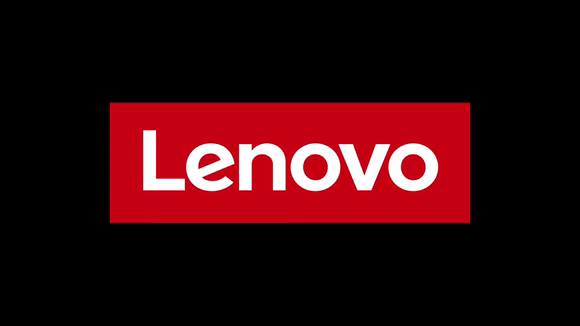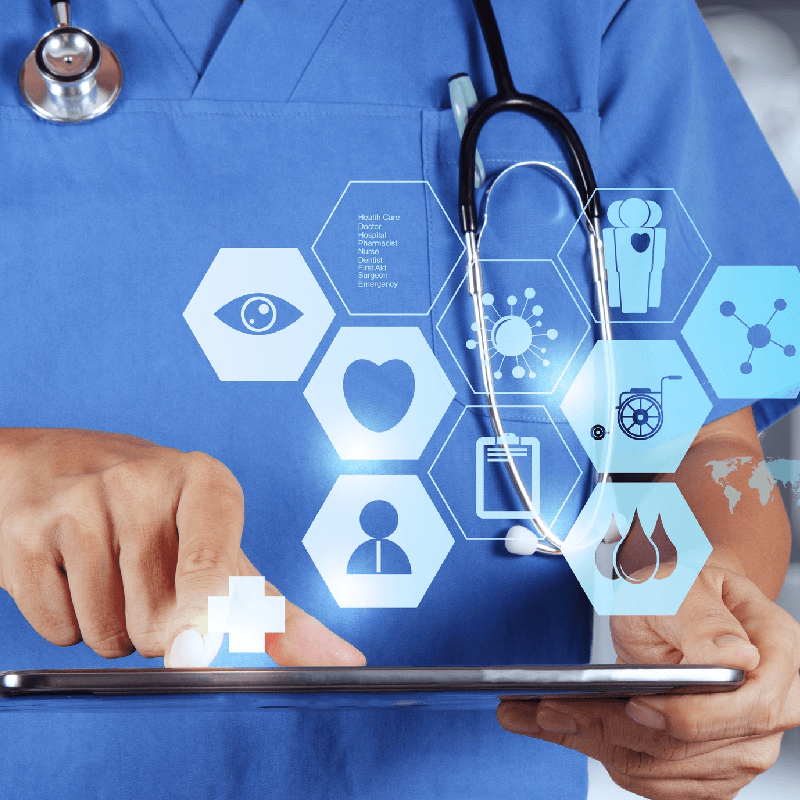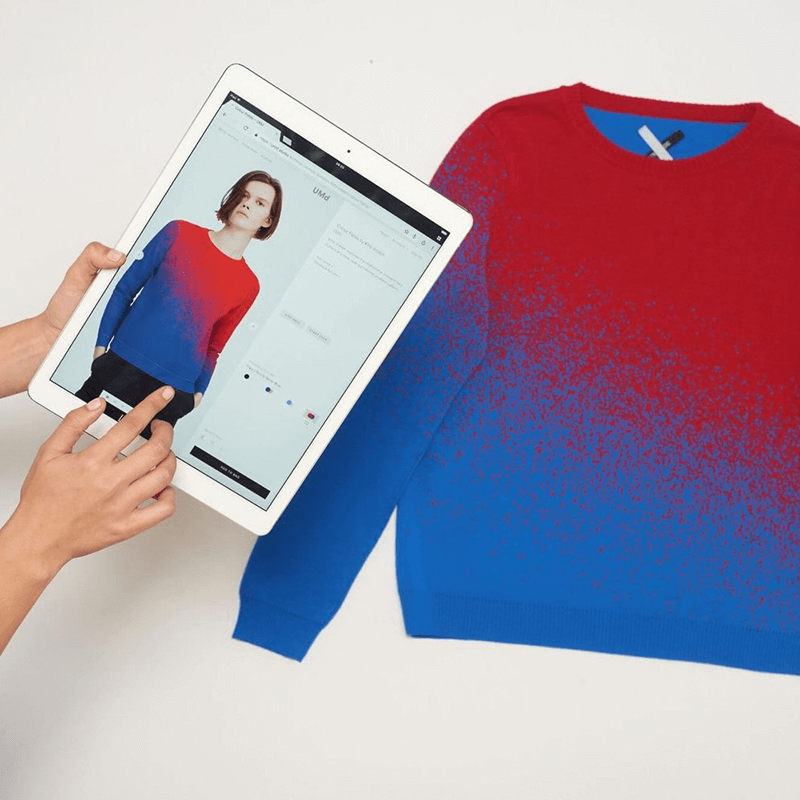As technology advances, the ingress of technology into every sphere of life is evident. From the device we hold in our palms to the satellites in orbit miles above our heads, technology is the one element that binds everything together. It is the umbrella under which our lives seem to revolve, increasingly more so with every passing day.
Technology has made humans used to instant access to their friends, their family, the agglomeration of online libraries with millions of e-books and articles. This desideratum has translated itself to healthcare and taking care of oneself. It has become increasingly common for people to Google their symptoms and lookup WebMD for a diagnosis. Although not recommended by medical professionals (not recommended at all), 72% of Americans used the internet in 2012 to look for health-related information. However, just like two sides of a coin, there is a correct way to use the internet and technology to get a diagnosis. Telemedicine is a platform that allows doctors to evaluate, diagnose, and treat patients without an in-person visit. In the world of COVID-19 and social distancing, Telemedicine is proving to be a tool that can benefit the masses. An advantage of telemedicine is the chance for better quality care through more interaction with your doctor, frequent follow-ups, and quick second opinions (every Pakistani has gone out searching for a second opinion). Patients with severe allergies can comfortably visit their doctors from the comfort and safety of their homes.
While technology has also provided easy access for medical professionals and healthcare workers to databases with tons of patient information, it possesses several advantages. Doctors can access these databases from wherever in the world they may be. The prevalence of technology has made doctors mobile. This mobility seems to benefit both the patient and the doctor. Healthcare professionals can now be contacted via email, who can contact other doctors and colleagues around the world instantly for their opinions on certain matters. Gone are the days when doctors had to carry around heavy million-paged anatomy books. E-books provide access to a plethora of medical journals and educational texts with a few swipes and fidgets on a screen. Like everything, technology has made access to the medical world easier, but must be used with a pinch of salt, and done the right way to prevent misdiagnosis.
Medical tests conducted today are leagues ahead of what they were even a mere twenty years ago. Tech-breakthroughs over the past decade has changed the face of diagnoses and treatment. Electronic IV monitors, portable defibrillators, and drug management resources have made treatment and care more efficient and precise. These new machines, medicines, and treatments have saved the lives of billions around the globe. These exemplary medical treatments have improved research and allowed for patients to heal directly. Some say improved healthcare is the one sole benefit of technology that trumps all others. Doctors can now provide extensive and thorough care, while more advanced treatment has increased the quality of lives of patients. Technology has also been a gateway to provide cures for illnesses that were previously fatal. Medical mysteries are being demystified, and it will be the technology that will allow researchers to invent a cure for COVID-19 at an unprecedented rate (we need it, too). Current medical tests are also more descriptive and explanatory than ever possible before. Advanced imaging like electrocardiography, X-ray tomography, and Magnetic Resource Imaging (MRIs) have allowed doctors to examine high-resolution imagery which produces precise imaging of anatomical structures that were never possible before. These technological marvels help with early detection and prevention treatment, which ends up saving the lives of thousands of patients all around the globe.
Not only are these medical tests more accurate, but they are also surprisingly quick. It used to take weeks and weeks to wait for blood test results. Now, the latest COVID-19 testing kits give you results in a meager fifteen minutes. Pregnancy tests can also be conducted at home, which required a doctor’s appointment and a sonogram before. As our lives become more and more fast-paced, so does technology. And with technology, healthcare follows suit. This is beneficial as it curbs anxiety amongst patients waiting for results. You can access patient portals and directories that make accessing your medical records and previous medical history quick and easy. You can use these web portals to track appointments, medical issues, and billing. Super convenient, right?
Machine learning and big data analysis help medical analysts create accurate models to predict outbreaks (oh, the irony). As more and more people resort to searching for their symptoms online, the data collection for these results helps researchers paint a larger picture with regard to a specific query. Let’s take the flu as a prime example. Flu seasons are different every year. Online searches help narrow down locations for flu outbreaks, and databases are created to show the rise in cases and the spread of the illness. COVID-19 is a pandemic that has highlighted the importance and the use of databases in managing the spread of the virus. The use of data is important as it can help predict the strain of flu for next year, and possibly pandemics in the future. Medical experts, using technology and tech-related resources can respond to outbreaks efficiently and effectively along with taking preventive measures. The internet ends up being a data mine for scientific research.
The flip side of this med-coin isn’t as pretty. While Telemedicine allows for remote appointments and patient treatment, how long will it be before only serious illnesses sanction in-person doctors’ visits? What about the misuse of online appointments? Patients can fake symptoms to get access to prescription drugs.
Think about your typical healthcare experience. You anxiously wait for your turn as you wait in the lobby. You interact with staff and chit-chat with the patient waiting to go after you. As much as it can be insightful, these small and seemingly insignificant social interactions add up to make your healthcare experience. When you do step into the doctor’s office, your doctor can see you sitting a few feet away. He or she can pick up minute visual and behavioral cues that they might not be able to online. They can feel your glands, flash a torch down your throat, and check your blood pressure.
The patient-doctor relationship can be sacred for some. These interactions provide context to your healthcare journey from your home to the clinic and back home. These interactions foster trust, your doctor can become your confidanté, as you share the intimate details of your life with him or her. This trust takes time to build, and the power of human touch must never be underestimated.
Imagine logging into your patient portal and seeing your lab results. Fancy bio-lingo floating around on your screen which makes no sense to you whatsoever. You call your doctor. They don’t pick up. What’s next? Instant panic. You google some difficult-to-pronounce terms and you diagnose yourself with stage twenty-five cancer. That’s no good.
It is undeniable that technology has benefited the healthcare system all around the world. However, we mustn’t turn a blind eye towards the potential drawbacks. Prevention is treatment than a cure, right?







